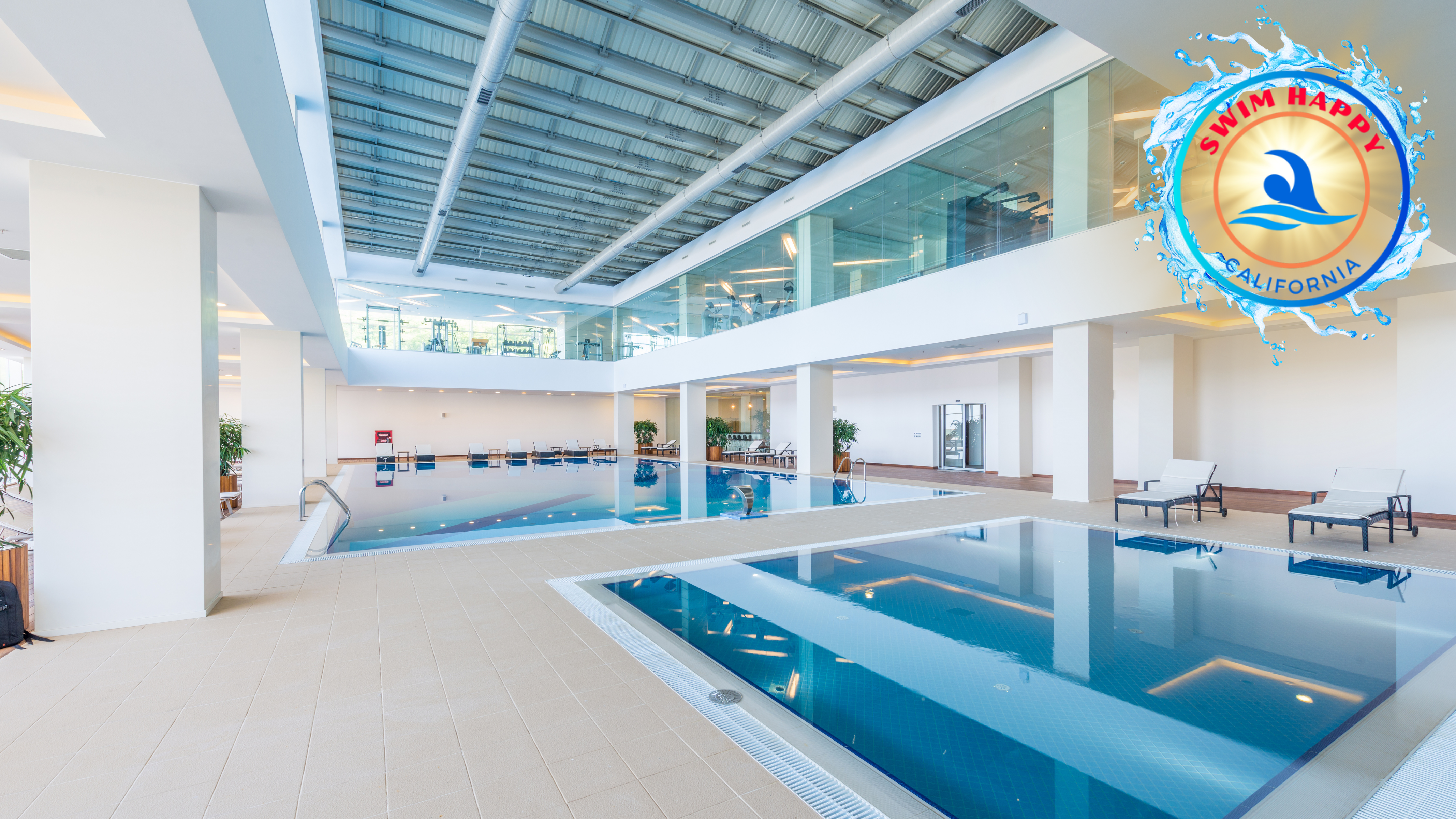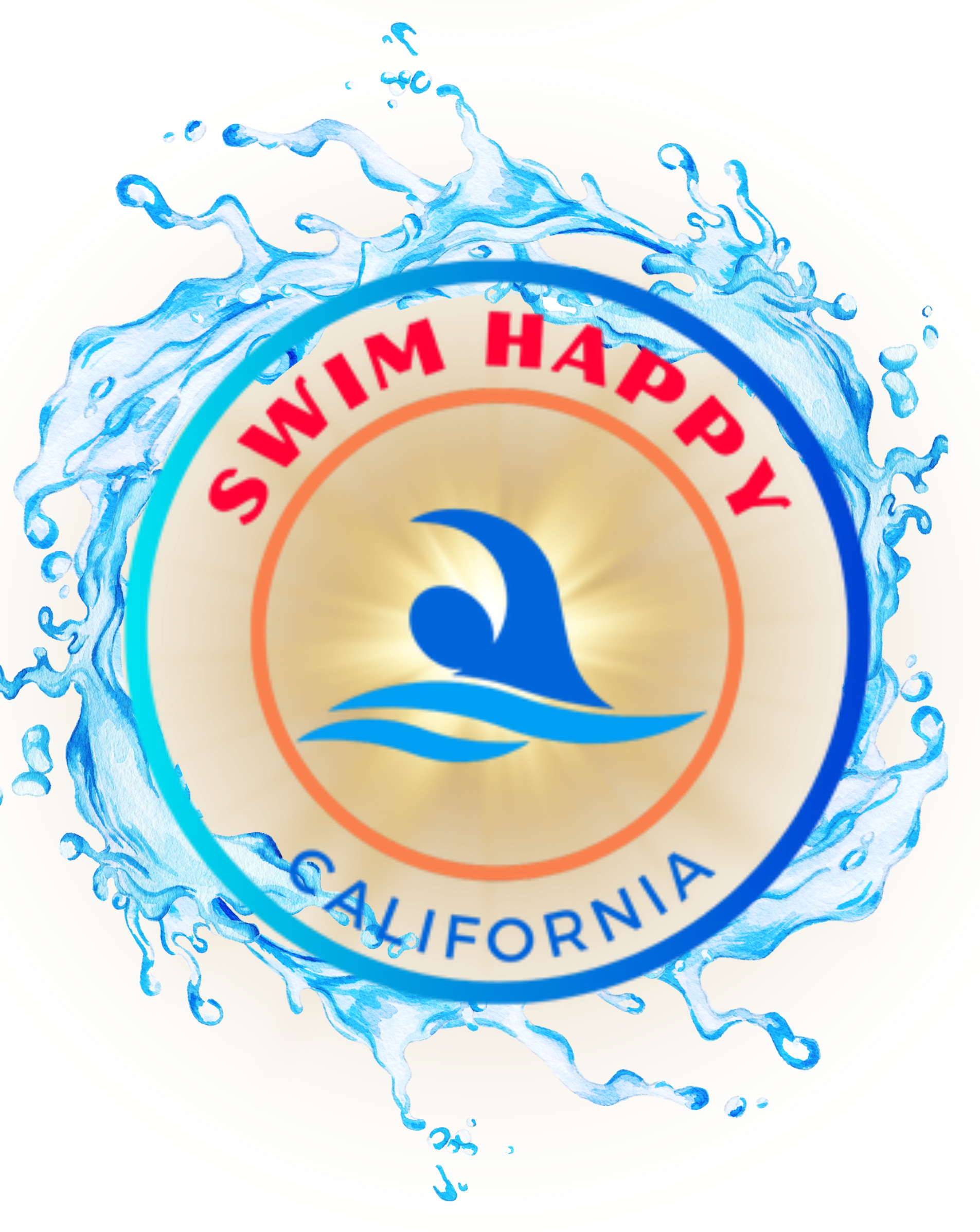
Healthy Swimming
Happy Swimming
The importance of Chlorine and pH in disinfection
As pool owners, it is our responsibility to ensure appropriate disinfection levels to safeguard everyone’s well-being and provide a healthy swimming environment.
pH greater than 8.0
Elevated pH levels in swimming pools have been associated with adverse effects on swimmers, manifesting as skin and eye irritation. Furthermore, the alkaline environment promotes the formation of scale on pool surfaces, potentially compromising both aesthetic appeal and the structural integrity of the pool surfaces.
The pH of tears in our eyes is approximately 7.5
A pH of 7.5 is ideal for swimmer comfort due to the compatibility with the natural pH of tears. Water with a pH close to 7.5 is less likely to cause irritation to the eyes, as it aligns with the body’s natural pH balance. Substances that deviate significantly from this level can potentially lead to discomfort and irritation, making a pH of 7.5 a reasonable target for maintaining swimmers’ comfort.
pH lower than 7.0
Conversely, when the pH is low it may also cause skin and eye irritation, as well as overall swimming discomfort. Simultaneously, the corrosive nature of low pH due to its acidity is detrimental to pipes and other equipment posing a threat to the longevity and functionality of these components.
How long does it take Chlorine to kill germs?
E. coli (bacterium)
Free available Chlorine effectively destroys E. coli in under 1 minute, showcasing its rapid and potent antimicrobial properties.
Hepatitis A (virus)
Free Available Chlorine will eradicate this virus by achieving a reduction of viral activity by approximately 99% within a timeframe of 16 minutes.
Giardia (parasite)
Free Available Chlorine exhibits efficacy in the eradication of this parasite, achieving a significant reduction of viability within an approximate duration of 45 minutes.
Cryptosporidium (parasite)
Free Available Chlorine demonstrates robust parasitical activity against this deadly parasite neutralizing its viability and ensuring complete disinfection in approximately 15,300 minutes (10.6 days)
